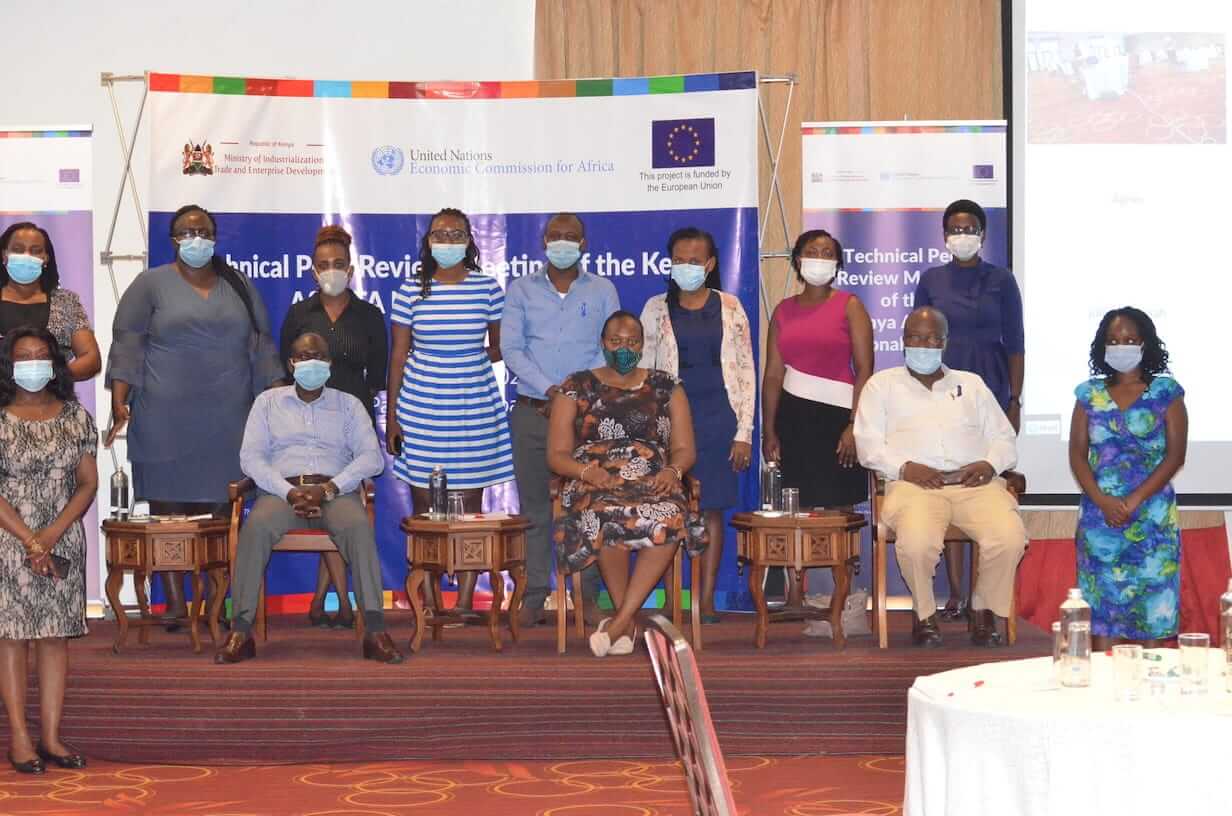
Our Projects are
Transforming African Trade
Quick Contacts
2nd Floor, Fidelity Insurance Centre Waiyaki Way, Westlands

A meeting by experts to assess the implementation of the strategies for the African Continental Free Trade Area (AfCFTA) was started this Tuesday in Mombasa to engage different sectors and look into how Kenya can benefit from the agreement.
The meeting that will take place for four days has been organized by the UN Economic Commission for Africa together with the Kenya State Department for Trade and Enterprise Development and TradeMark Africa. The experts who are participating include officials, trade economists, academia, development partners and youth and women’s representatives.
Mr Geoffrey Manyara, who represented the ECA stated that Kenya and East Africa will benefit greatly from the liberalization of trade under AfCFTA. The Deputy Director for International Trade at the Kenya Ministry of Industrialization, Ms Gladys Kinyuah, said that the government has already focused on implementing the agreement by considering the recommendations from the private sector.
Trademark East Africa is confident that, the AfCFTA holds great potential for Kenya, which exports 40 per cent of its total exports within the continent. Frank Matsaert, the Team’s CEO stated that “For the full benefit of the trade deal to be realized, it is essential that Kenya prioritizes key and high potential sectors and markets and backs this with a well thought-out action plan and strategic interventions”.
A study conducted by ECA and Trademark East Africa concludes that the trade treaty will lead to an important expansion of East African economies, a US$ 1.1 billion boost in inter-regional trade, creating more than 2 million jobs.
The main objective of the agreement is to create a single continental market for goods and services, with free movement of persons and investments, and lay the foundations for the establishment of a Continental Customs Union. To date, 54 Member States have signed the AfCFTA and 36 have ratified it.
Read original article
Disclaimer: The views and opinions expressed in this article are those of the authors and do not necessarily reflect the official policy or position of TradeMark Africa.